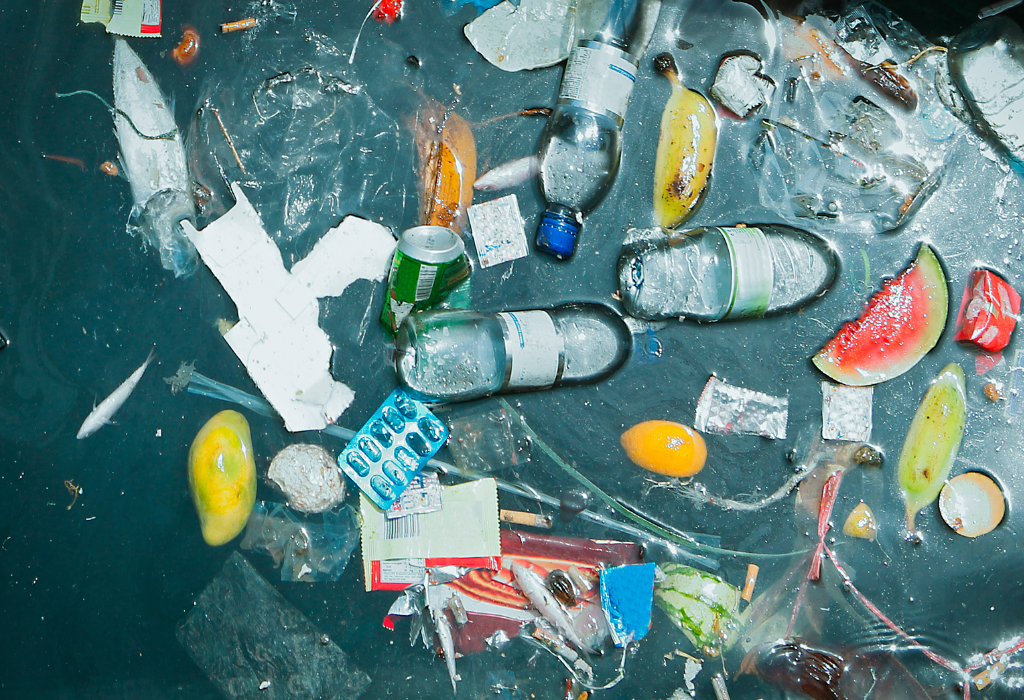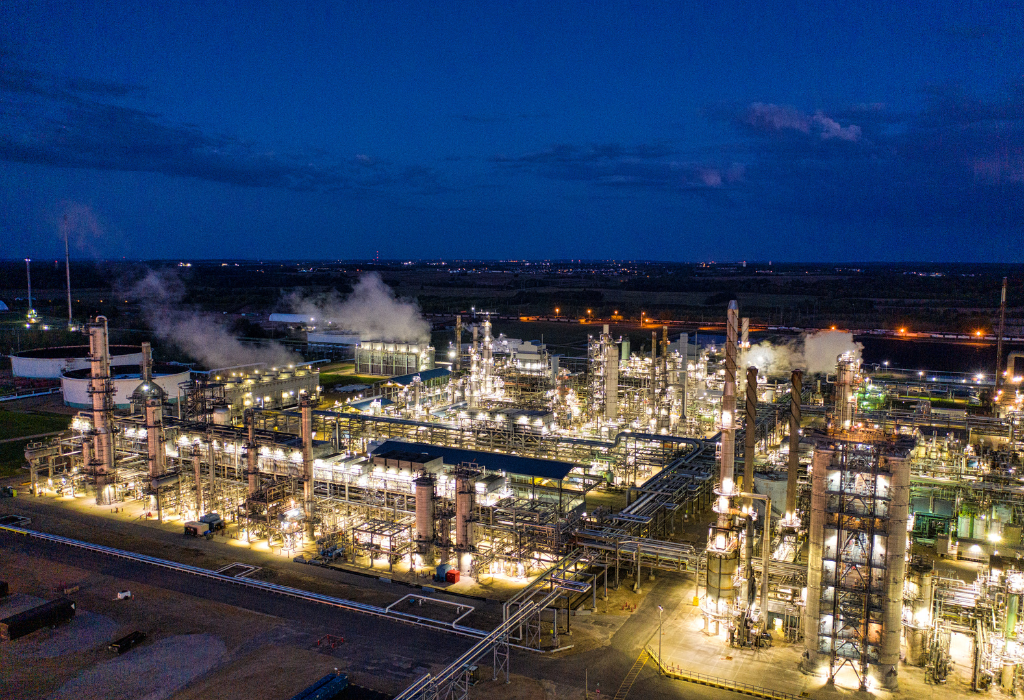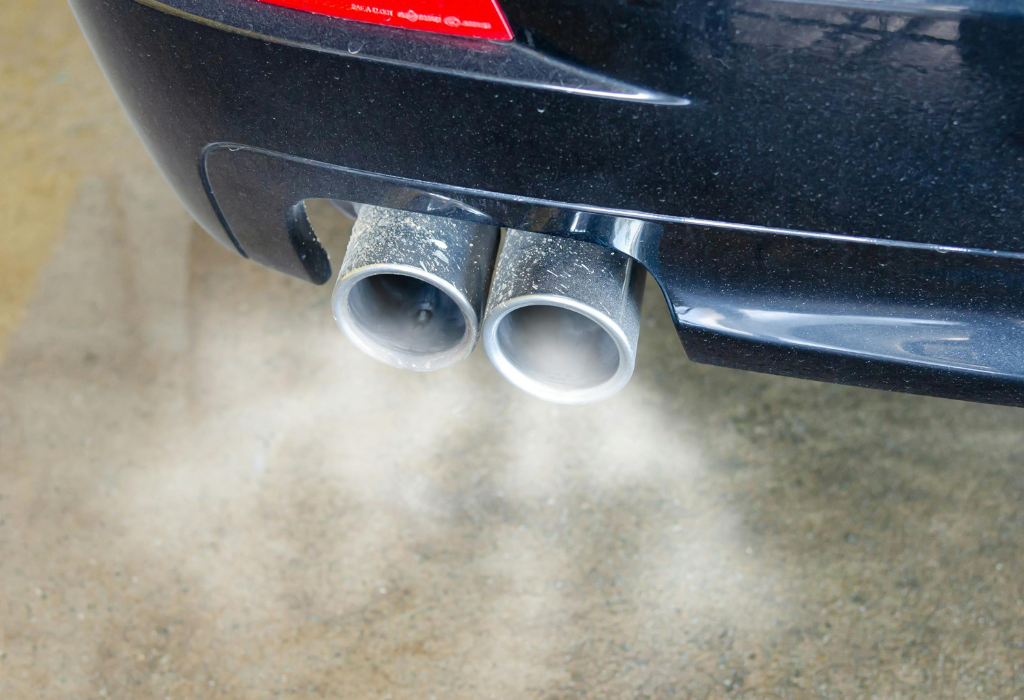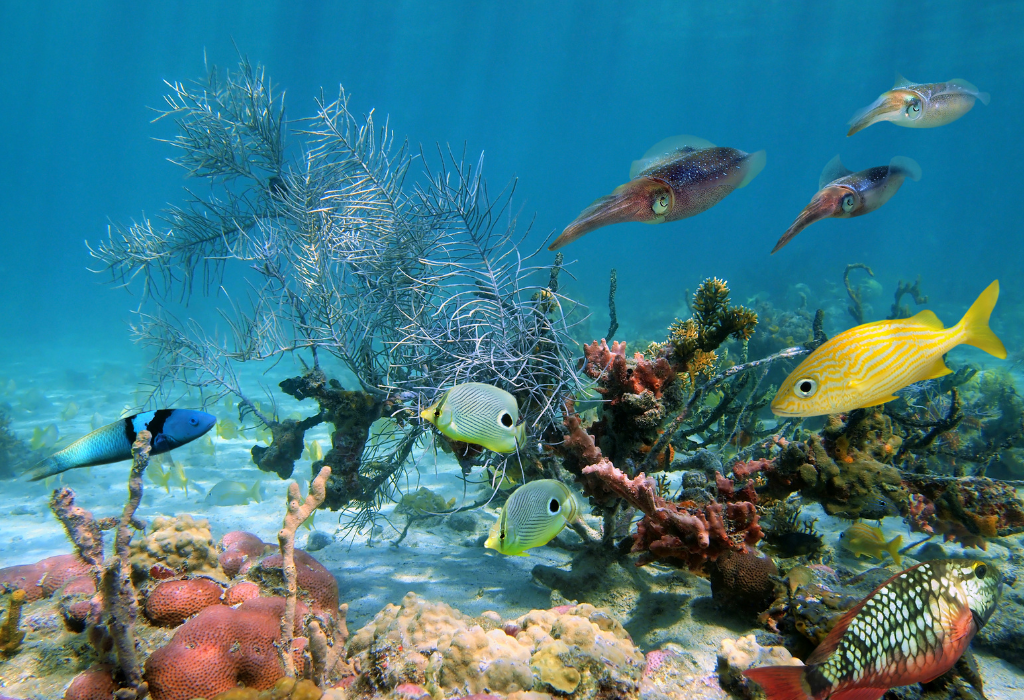Wildlife is more fragile than you may realize. From the bees buzzing in your garden to the elephants roaming the savannas, every species is vital to maintaining balance on the planet. However, as human activity continues to expand, animals face more threats than ever, including habitat loss, climate change, pollution and overexploitation. Fortunately, you can protect local wildlife by making small changes in your daily life.
Protecting animals doesn’t mean traveling across the globe or donating to large organizations. Some of the most impactful actions you can take to protect wildlife start right in your own neighborhood.
1. Choose Sustainable Products
One of the simplest ways to protect wildlife is by being mindful of what you buy. Everyday items like palm oil in snacks or hardwood furniture can be linked to deforestation, which destroys critical habitats.
Check labels, choose products certified by trusted sustainability organizations and avoid items made from endangered species. Doing so reduces demands for harmful practices while encouraging companies to prioritize conservation.
Brands listen when you vote with your wallet. Over time, they shift to meet consumer expectations, and entire supply chains become greener. It’s not just about one purchase, but rather about creating long-term demand for sustainability that keeps ecosystems intact.
2. Cut Down on Plastic Use
Plastic waste is everywhere, including oceans, forests and even remote mountain peaks. Animals mistake it for food or become trapped in it. By using reusable water bottles, cloth shopping bags and metal straws, you limit the amount of plastic entering the environment. Recycling properly and supporting enterprises that minimize packaging are also effective ways to reduce the threat.
Plastic never truly goes away — it just breaks down into microplastics. These tiny particles end up in rivers, soil and even the food chain. Cutting down on plastic is a great way to reduce your carbon footprint and support sustainable businesses.

3. Provide Shelter and Nesting Sites
A simple but powerful step is creating safe spaces for animals in your own backyard. Birdhouses, bat boxes, bee hotels, and even piles of logs or brush can become vital shelters. These provide nesting spots and protection for species that might otherwise struggle in urban or suburban environments.
4. Plant Native Species
If you’re serious about learning how to protect wildlife, look at your garden. Native plants are naturally suited to local conditions and provide food and shelter for pollinators, birds, and small mammals. Exotic plants may look beautiful but don’t always support local species. A yard filled with native flowers and shrubs is essentially a mini sanctuary.
The best part is that native plants are low-maintenance. They need less water, fewer fertilizers and no harmful pesticides. That means you’re helping the environment while saving time and resources in your gardening routine.
5. Create Wildlife Corridors
Fragmented landscapes make it harder for animals to move, find food or reproduce. You can help by connecting green spaces such as hedgerows, pollinator-friendly gardens or tree lines that link habitats. Even small corridors between backyards can give animals safe passage and reduce the risk of road accidents.
6. Keep Pets Safe and Wildlife Safer
As lovable as they are, cats and dogs can pose real dangers to local wildlife. Keep them indoors or give them an outdoor enclosure, and supervise them near sensitive areas. This keeps your pets safe and helps you protect wildlife.
7. Reduce Light Pollution
Artificial light may not seem dangerous, but it can disorient birds, insects and even sea turtles. To minimize disruption, use motion-sensor lights, close curtains at night and choose warm-colored bulbs. A darker sky protects animals and restores your view of the stars.

8. Minimize Chemical Use
Pesticides, herbicides and harsh fertilizers harm more than just pests. They seep into soil and water, weakening ecosystems and poisoning animals. Instead, use natural gardening solutions like compost, mulch or biological pest control. These practices improve soil health and keep wildlife safe.
9. Collect Rainwater Responsibly
Birds, insects and small mammals all need access to clean water. Setting up a rain barrel or shallow dish of fresh water in your garden can provide a lifeline during dry spells. Just make sure containers are shallow or have rocks inside so smaller creatures don’t drown.
Cleanliness matters. Change the water regularly to prevent mosquitoes from breeding and prevent bacteria from spreading. What seems like a small act can become a reliable source of hydration for countless species in your area.
10. Leave Some Wild Space in Your Yard
It’s tempting to manicure every corner of your yard, but leaving a patch untouched can be incredibly valuable. Tall grasses, wildflowers, and even a messy pile of leaves create habitats for insects, amphibians and ground-nesting birds. These patches provide cover, food and shelter, helping local species feel at home even in suburban neighborhoods.
11. Support Conservation Efforts
If you want to go beyond your own backyard, support organizations fighting for animal protection. Donations, memberships, or volunteering your time can fund habitat restoration, anti-poaching patrols and wildlife sanctuaries. These groups often work directly with local communities to ensure conservation also supports people’s livelihoods.
12. Respect Nature While Exploring
You might love a good hike or camping trip, but leaving no trace is crucial. Stick to marked trails, avoid disturbing nests or burrows, and keep a respectful distance from animals. Camping is becoming increasingly popular, with an expected 80.88 million campers by 2029, so this growing presence in natural spaces makes it more important than ever to protect wildlife.
When camper numbers rise, the potential for habitat disturbance, littering and wildlife disruption grows, too. This means you must tread carefully. Feeding wildlife may feel harmless, but it disrupts their natural behavior and can make them more dependent on humans.
Additionally, it’s crucial to reduce car speed in wildlife areas. Roads cut through countless habitats, and speeding cars are a major cause of wildlife deaths. If you live near forests, wetlands or farmland, driving a bit slower can save lives.
Plus, driving at a consistent speed can also reduce fuel consumption by about 25%, which is much better for the environment. Consider advocating for wildlife crossing signs in your community or supporting projects that build overpasses or underpasses for animals. Safe roads mean healthier, connected populations.

13. Choose Responsible Travel
Tourism can either harm or help. When done right, eco-tourism provides local communities with an incentive to conserve natural areas. Choose travel companies that emphasize sustainability, avoid attractions that exploit animals such as elephant rides or dolphin shows, and seek out authentic, conservation-focused experiences.
14. Reduce Your Carbon Footprint
Climate change is one of the largest threats to biodiversity. Energy consumption, transportation and diet all play a role. Using public transport, switching to renewable energy and eating less meat are powerful steps. Even planting trees in your backyard or supporting reforestation projects can help offset emissions while restoring habitats.

15. Advocate and Educate
Sometimes, the best ways to protect wildlife involve using your voice. Share information with friends, support legislation that protects habitats and vote for leaders committed to environmental protection. Every conversation you spark has the potential to create ripple effects in your community.
The Importance of Protecting Local Wildlife
Wildlife conservation isn’t limited to elephants in Africa or tigers in Asia. While those species are undeniably important, the animals, insects and plants living right outside your door matter just as much. Local wildlife keeps ecosystems balanced and provides benefits you may not even notice day to day. Learning how to protect wildlife in your neighborhood is the first step toward safeguarding the planet.
Local species are critical for biodiversity. Birds help control pests, bees and butterflies pollinate crops and flowers, and amphibians are natural indicators of environmental health. When these populations decline, the ripple effects are immediate and far-reaching. Gardens struggle, food production suffers and ecosystems become less resilient. Protecting them maintains the natural systems that keep communities livable.
Conservation usually starts small, such as planting native species, reducing pollution or keeping pets safe around wild animals. However, when millions of people adopt these habits in their backyards, neighborhoods and cities, the combined effect is massive.

Final Thoughts
You don’t need grand gestures to protect local animals. Minor acts like planting native flowers or reducing your plastic use can make a significant difference. Protecting wildlife starts with small, consistent changes and encouraging others to do the same.
Frequently Asked Questions
What are the easiest ways to protect wildlife near my home?
Start small. Plant native species, reduce chemical use, and provide food or shelter through birdhouses or pollinator gardens. Simple steps like keeping cats indoors and minimizing light pollution make a big difference. Everyday choices add up to create safer, healthier habitats for local animals.
How can I help wildlife without spending a lot of money?
You don’t need a big budget to make an impact. Collect rainwater, leave wild patches in your yard and recycle responsibly. Even spreading awareness, signing petitions or volunteering with local conservation groups can go a long way. Time and effort often matter more than money.
Why is protecting local wildlife important for people, too?
Healthy ecosystems support human life by pollinating crops, controlling pests, and keeping soil and water clean. They also improve mental health and well-being by creating green spaces. Protecting wildlife protects the natural systems and communities you rely on every day.
What should I avoid doing if I want to protect wildlife?
Avoid feeding wild animals, littering or disturbing their habitats. Stay away from pesticides, rodenticides and single-use plastics, as these harm ecosystems. Also, keep pets under control outdoors. Protecting wildlife often comes down to reducing harm by being more mindful in your everyday habits.
References
Conservation International: Why is Biodiversity Important
United States Environmental Protection Agency: Plastic Pollution
National Wildlife Federation: Conservation: Light Pollution
BBC: Meadowscaping: The people turning their lawns into meadows





